How to Maintain the Quality of Casual Dining Chairs Over Time?
 Sep 25,2024
Sep 25,2024

 Topmax Furniture
Topmax Furniture
Casual dining chairs are an essential part of our daily lives, providing comfort and style in our dining areas. To ensure that they continue to look good and function well over time, proper maintenance is crucial. As a consumer, taking care of your casual dining chairs can save you money in the long run and enhance your overall dining experience. Here are some tips on how to maintain the quality of casual dining chairs.
Regular Cleaning for Casual Dining Chairs
The first step in maintaining your casual dining chairs is regular cleaning. Dirt, dust, and spills can accumulate on the chairs and affect their appearance and durability if not dealt with promptly.
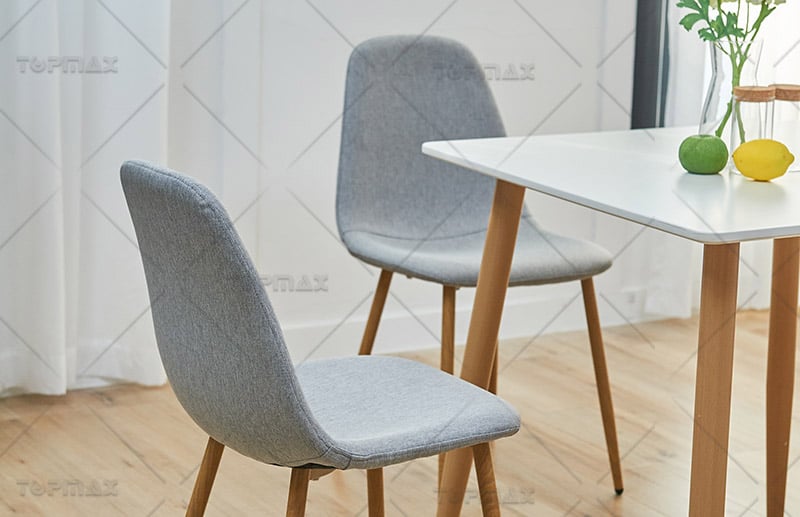
Use a soft, dry cloth or a microfiber duster to wipe down the chairs regularly. This helps remove loose dirt and dust particles that can settle on the surface. Pay attention to all parts of the chair, including the seat, backrest, legs, and any crevices or decorative details. Dusting can be done quickly and easily as part of your daily or weekly cleaning routine.
Accidents happen, and spills are inevitable when using dining chairs. As soon as a spill occurs, act quickly to minimize damage. Use a clean, damp cloth to blot the spill gently. Avoid rubbing vigorously, as this can spread the stain or damage the fabric or finish. For more stubborn stains, you may need to use a mild cleaning solution appropriate for the chair's material. Test the solution on a small, inconspicuous area first to ensure it doesn't cause any discoloration or damage.
Depending on how frequently the chairs are used, it's a good idea to give them a more thorough deep cleaning every few months. For fabric-covered chairs, you can use a upholstery cleaner or a mild detergent mixed with water. Follow the manufacturer's instructions carefully to avoid over-wetting the fabric. For wooden chairs, a gentle wood cleaner can be used to remove dirt and grime and restore the wood's shine. Metal chairs can be wiped down with a metal cleaner or a solution of mild soap and water to remove fingerprints and stains.
Inspecting for Wear and Tear
Regularly inspect your casual dining chairs for any signs of wear and tear. Check for loose screws, wobbly legs, or damaged upholstery. Tightening screws or bolts can often resolve stability issues, while minor upholstery repairs can be addressed with fabric glue or needle and thread. Catching these issues early can prevent more significant damage and costly repairs down the line.
Protecting from Direct Sunlight
Direct sunlight can fade the colors of the chair's fabric or finish over time. If possible, position the chairs away from direct sunlight or use window treatments such as blinds or curtains to filter the sunlight. You can also consider using furniture covers when the chairs are not in use. These covers should be made of a breathable material to prevent moisture buildup but still provide protection from the sun's rays.
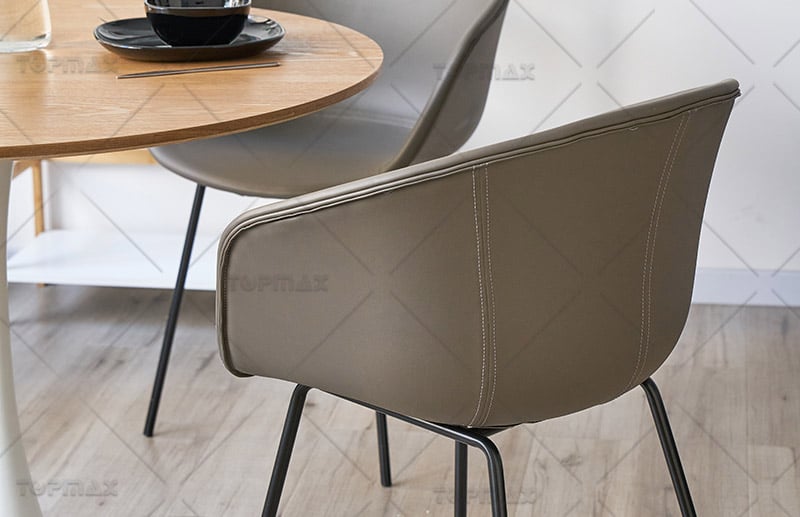
Moisture Prevention
Moisture can cause wood to warp, metal to rust, and fabric to mold or mildew. Avoid leaving the chairs outdoors in the rain or in a damp environment for extended periods. If the chairs get wet, wipe them dry immediately. For wooden chairs, you may want to apply a water-resistant sealant or finish to provide an extra layer of protection. In a humid climate, using a dehumidifier in the room where the chairs are located can help keep the air dry and prevent moisture-related damage.
Avoid Overloading
Casual dining chairs are designed to support a certain amount of weight. Do not exceed the recommended weight limit to prevent damage to the chair's structure. Avoid standing on the chairs or using them for activities other than sitting and dining. This can put unnecessary stress on the legs, joints, and other components of the chair.
Regular Inspections for Casual Dining Chairs
Periodically inspect your casual dining chairs for any signs of wear, damage, or loosening of parts. This allows you to catch potential problems early and take corrective action before they become more serious.
Check for Structural Integrity
Examine the legs, joints, and frame of the chair. Look for any cracks, splits, or signs of weakness. If you notice any loose joints, tighten the screws or bolts using the appropriate tools. For wooden chairs, check for any signs of wood rot or termite damage. If you suspect any structural issues, it may be advisable to consult a professional furniture repair person.
Inspect the Upholstery and Padding
Check the fabric or upholstery for any tears, fraying, or loose threads. If the padding in the seat or backrest feels lumpy or has lost its firmness, it may need to be replaced or adjusted. Small tears in the fabric can be repaired with a patch or sewing kit, but larger damage may require professional upholstery services.
Look at the Finish
For wooden or metal chairs, inspect the finish for any scratches, chips, or peeling. A damaged finish can expose the underlying material to moisture and air, accelerating the deterioration process. You can touch up minor scratches with furniture touch-up paint or polish appropriate for the material. If the finish is severely damaged, consider refinishing the chair or seeking professional help.
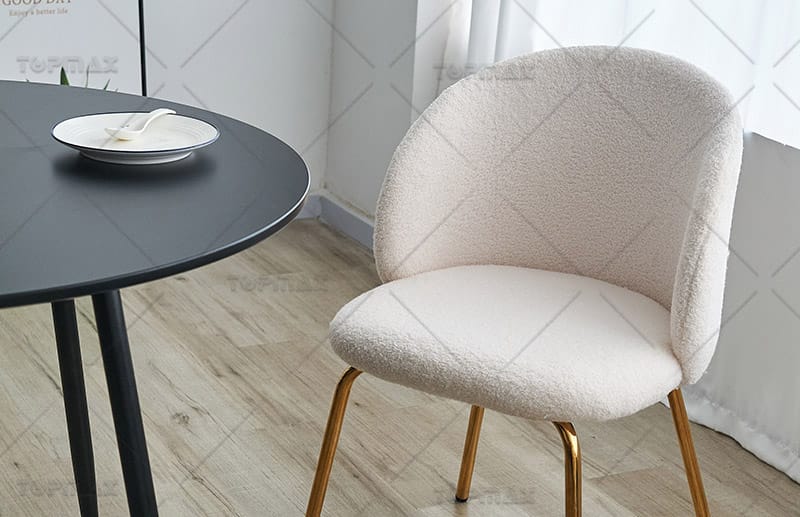
Maintaining the quality of your casual dining chairs involves regular cleaning, protection from stains, and vigilant inspections for wear and tear. By following these tips, you can ensure that your casual dining chairs continue to provide comfort and style for years to come, saving you the cost and hassle of frequent replacements. With a little care and attention, you can enjoy your dining area to the fullest and make your casual dining chairs a long-lasting part of your home decor.
 Inquire Now
Inquire Now



 Home
Home What Tests Can Perform to Assess Modern Grey Dining Table Set Quality?
What Tests Can Perform to Assess Modern Grey Dining Table Set Quality?  You May Also Like
You May Also Like 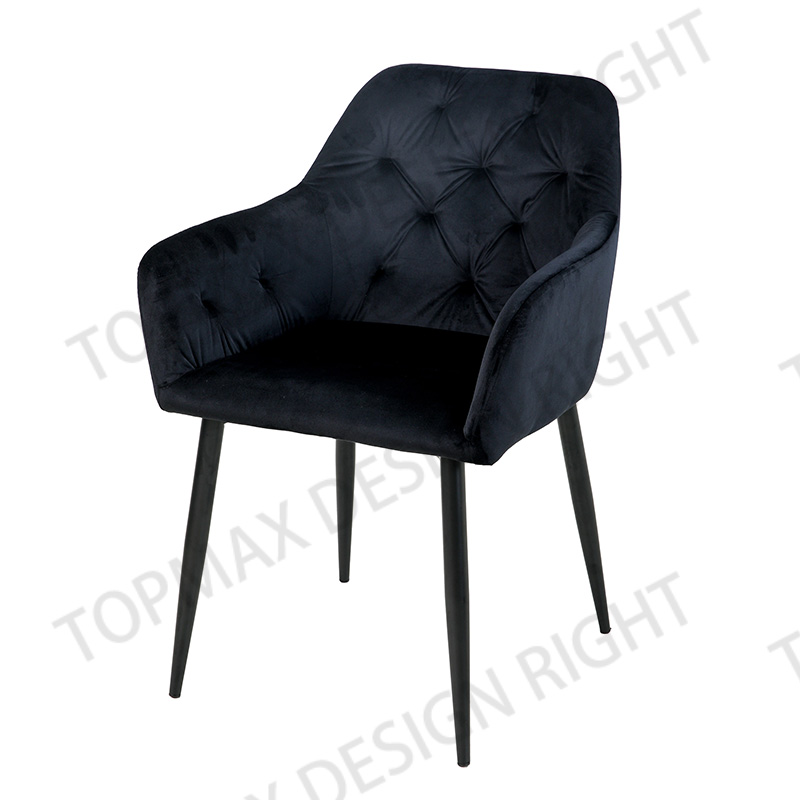

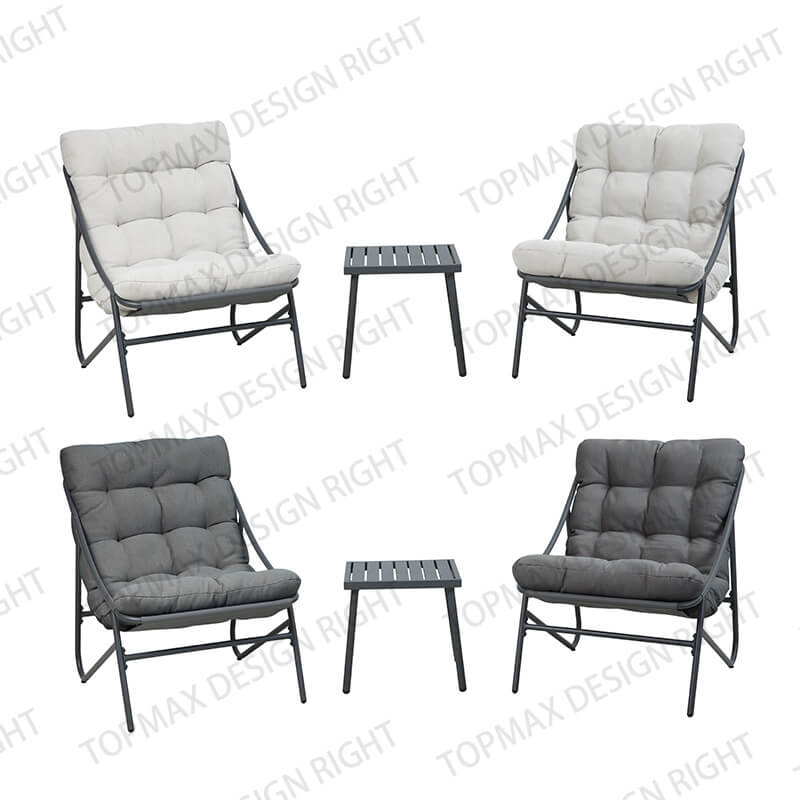
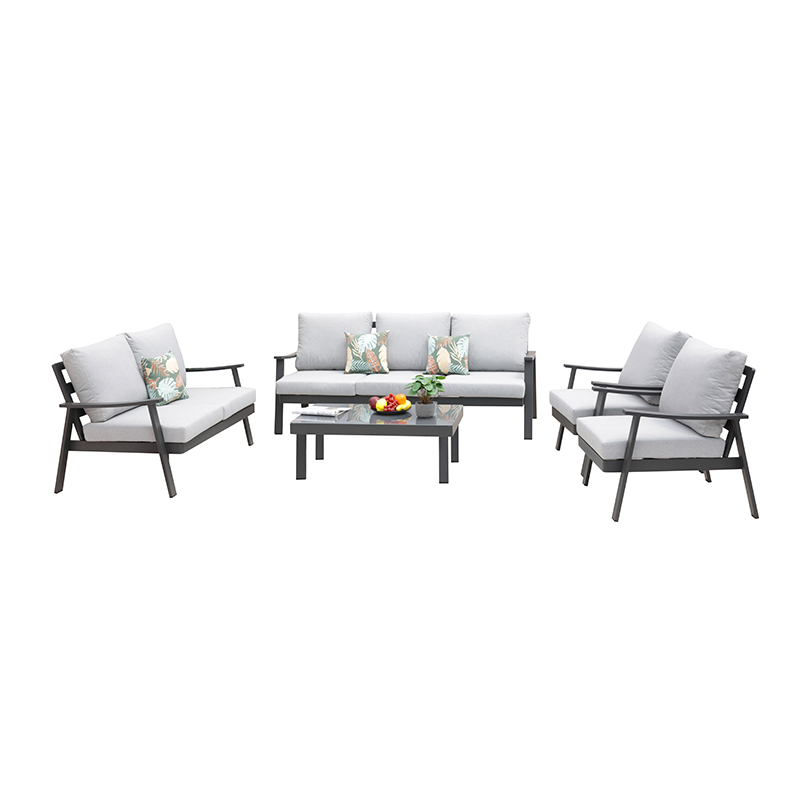


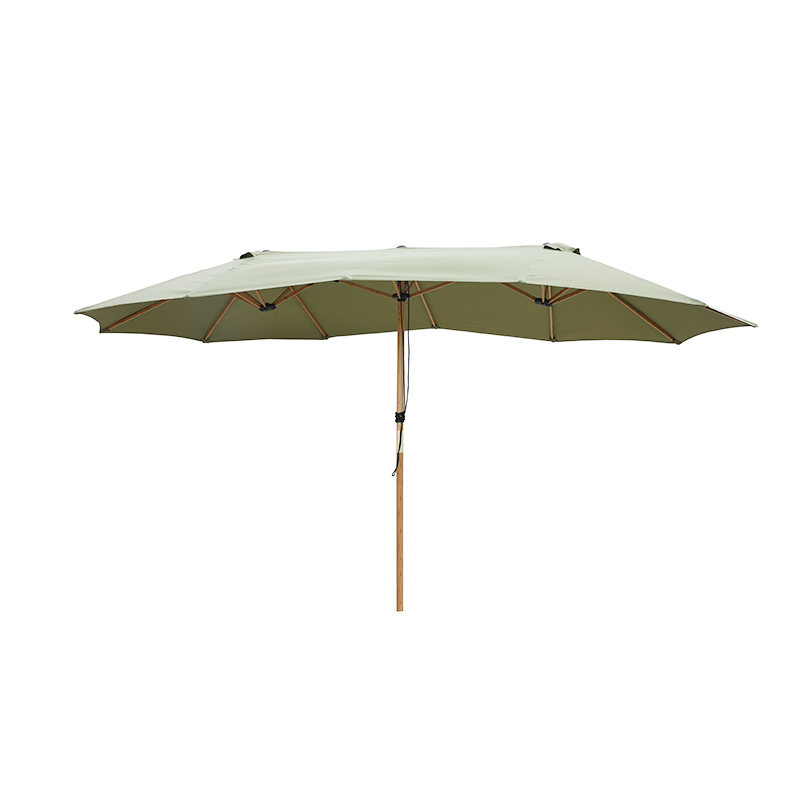
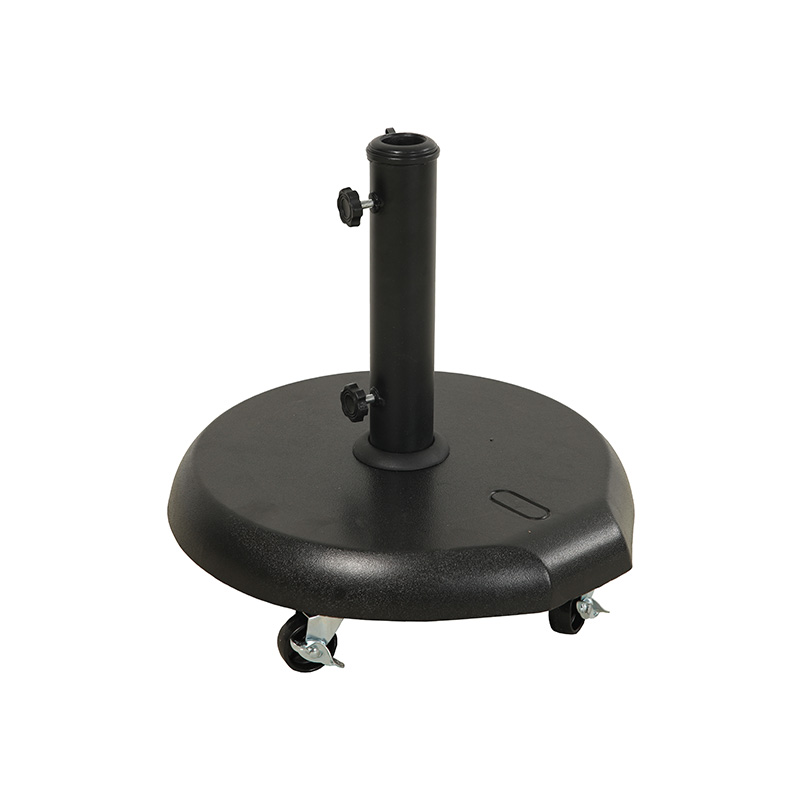
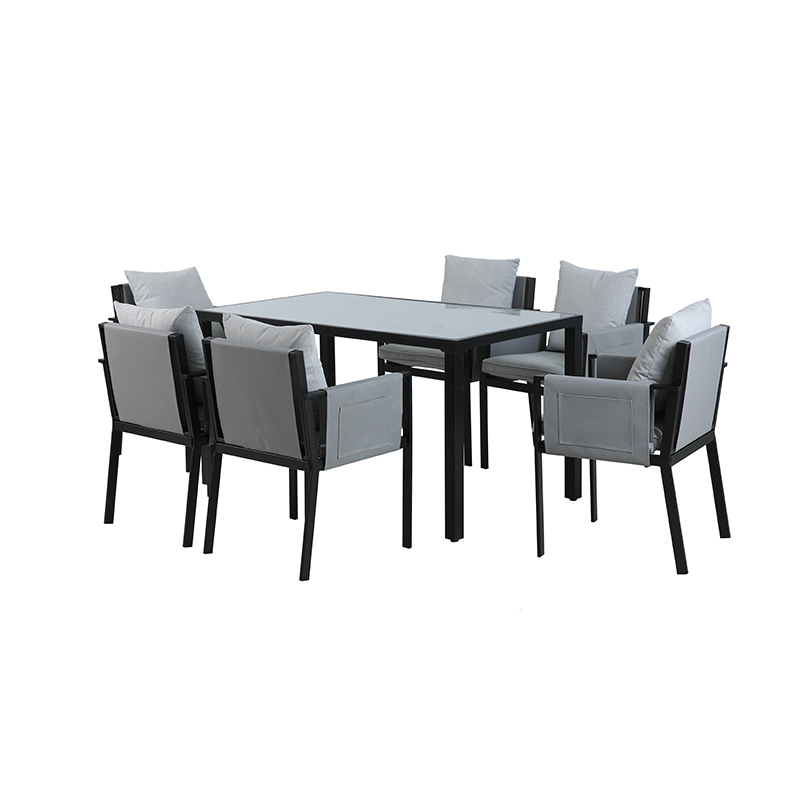
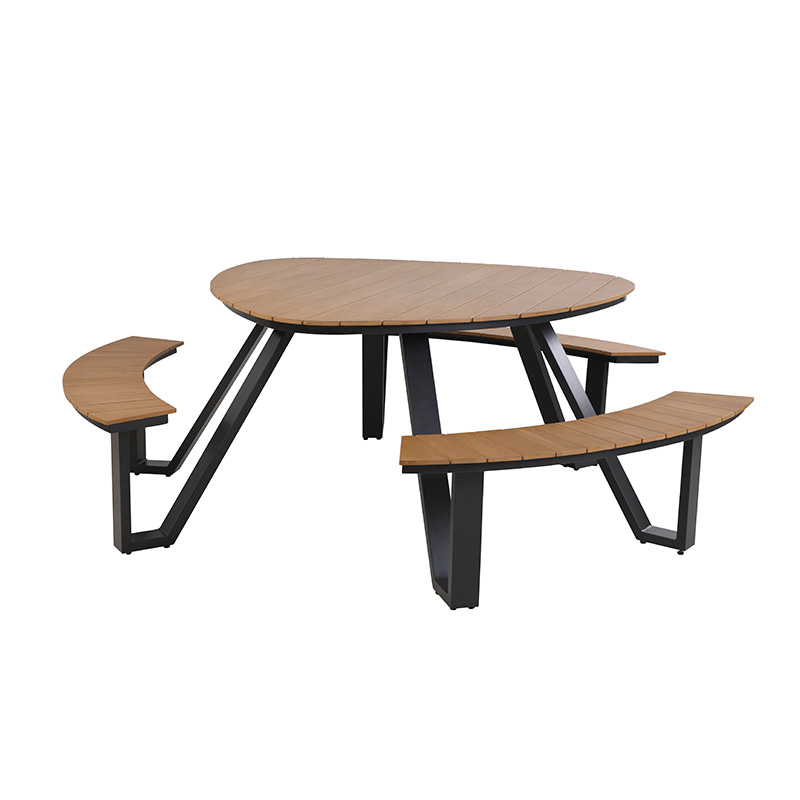
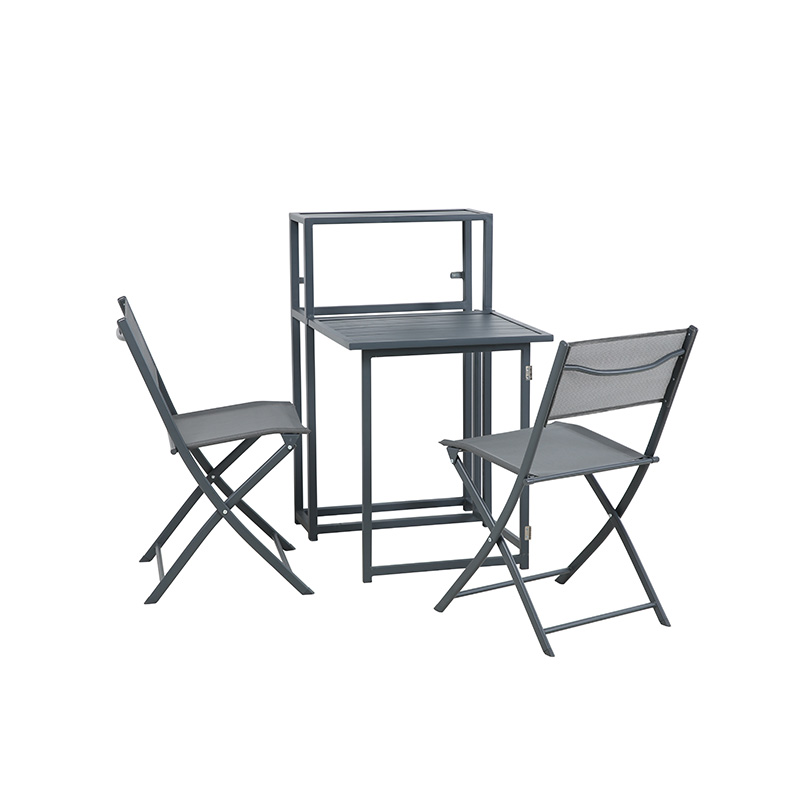
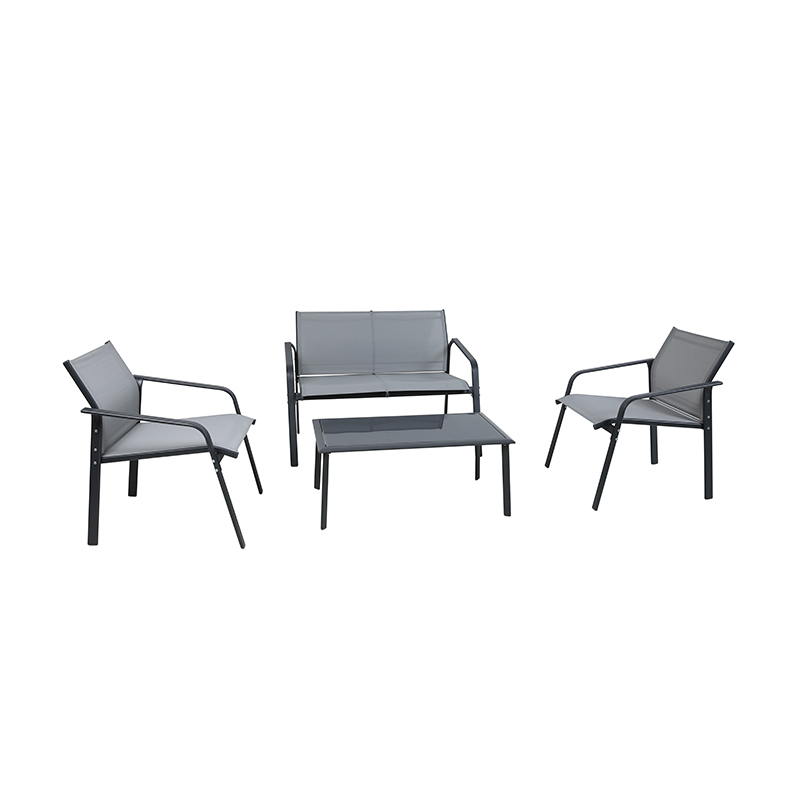
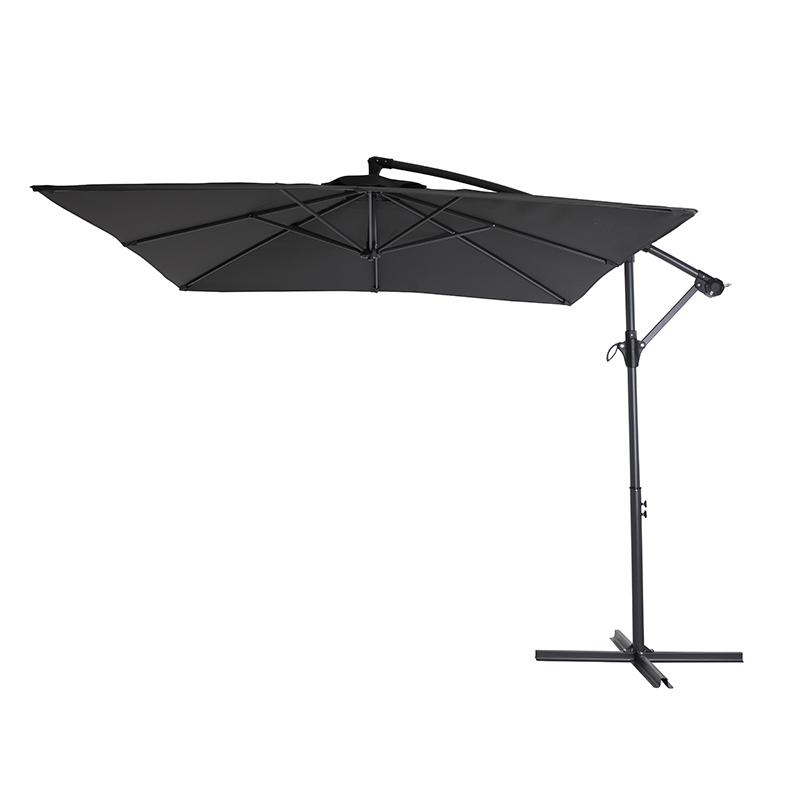
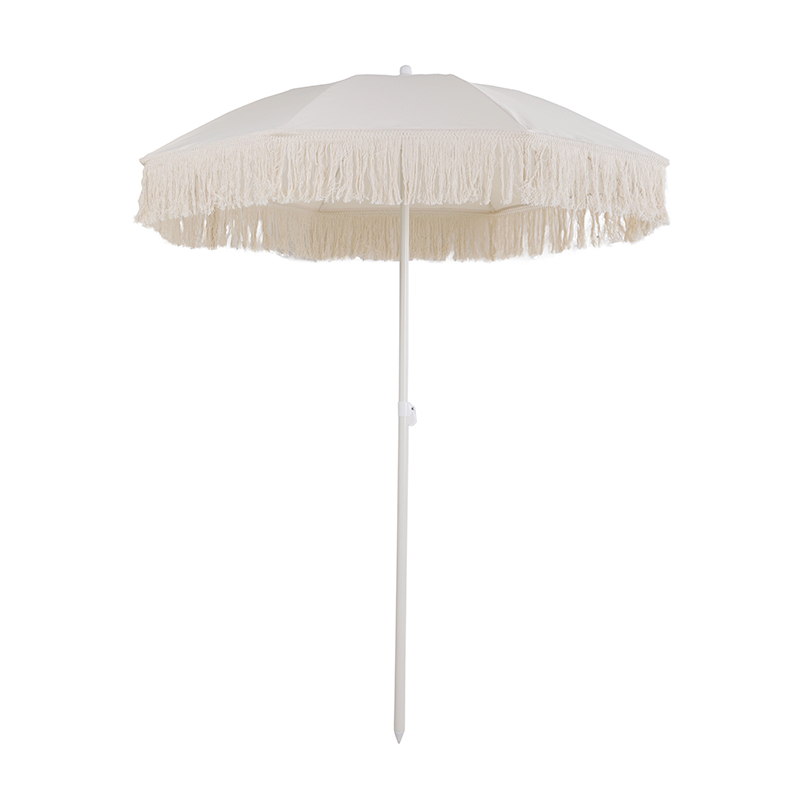
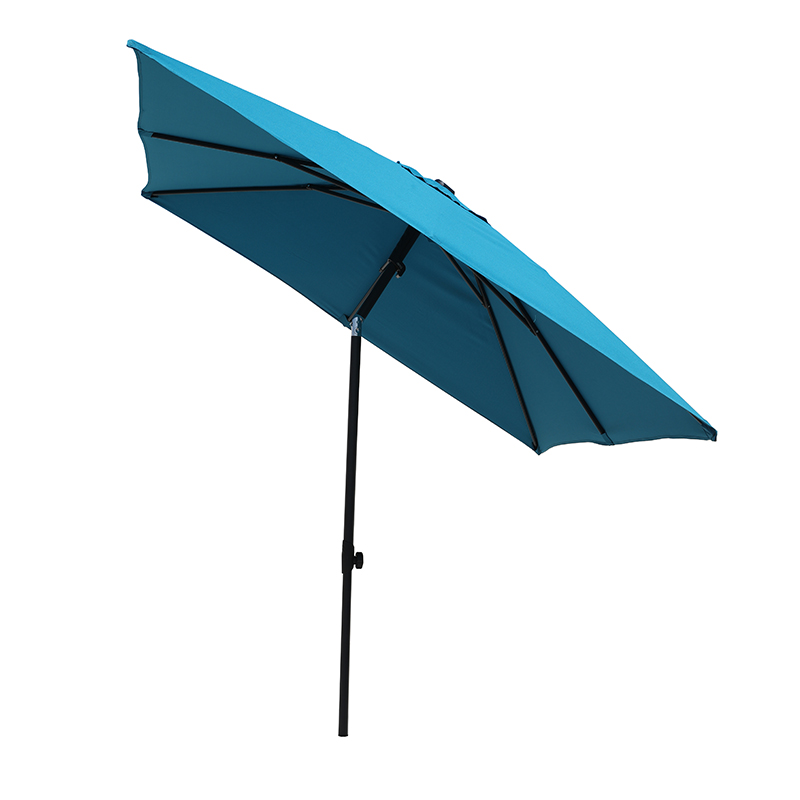
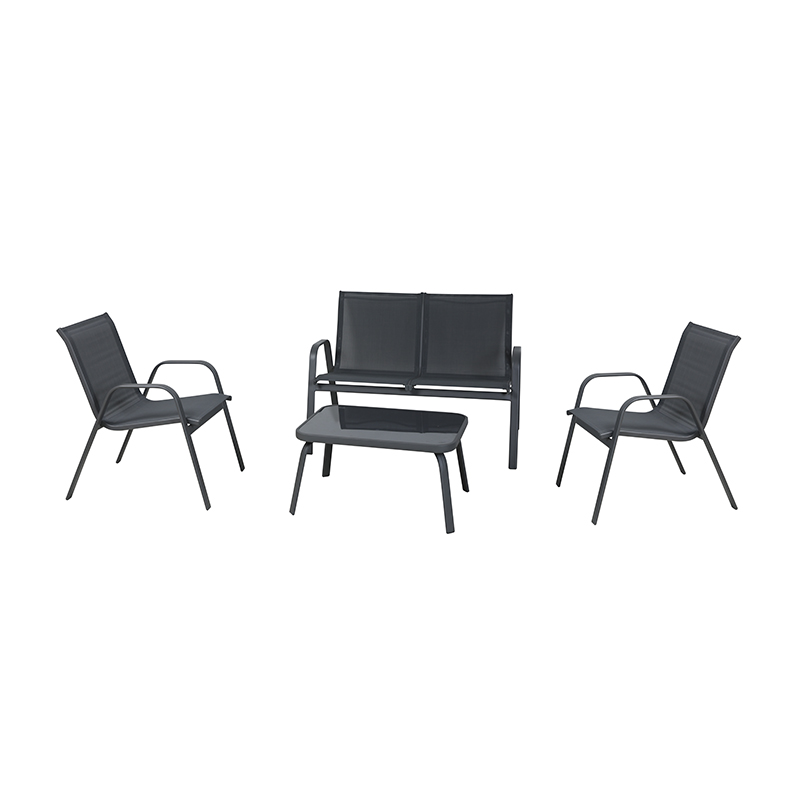
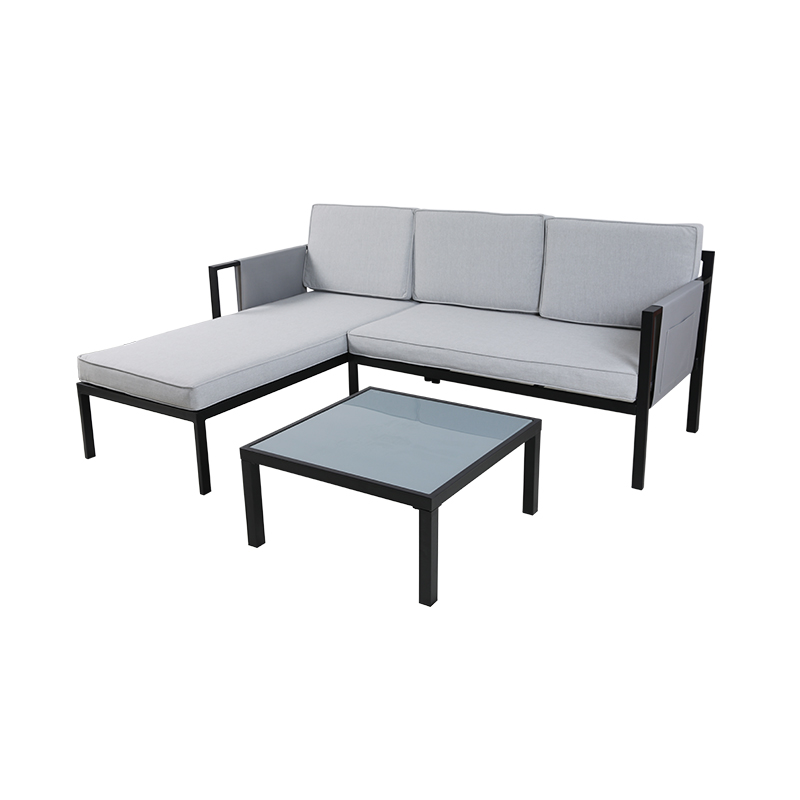
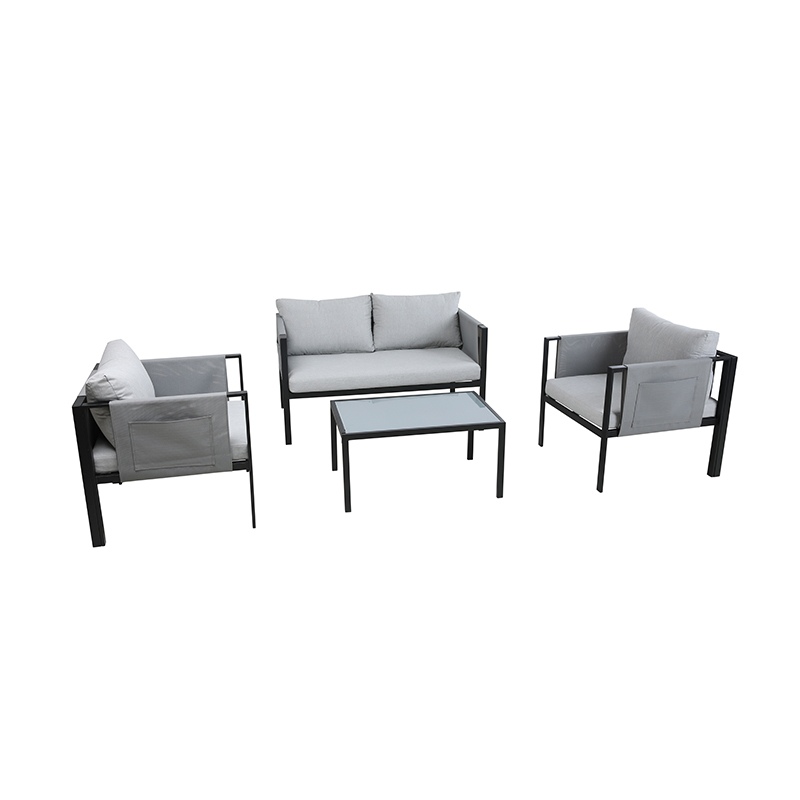

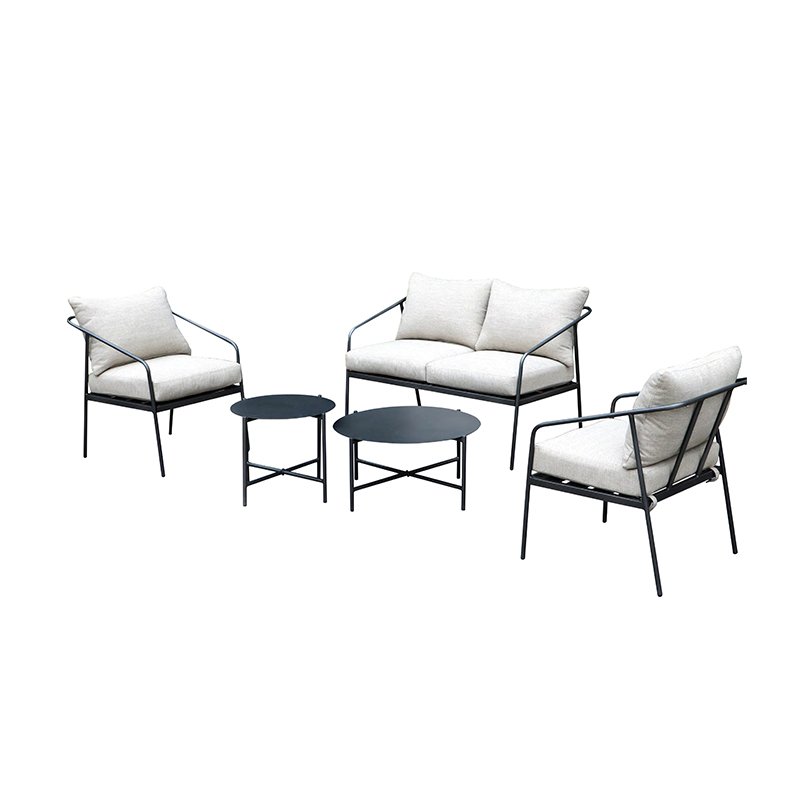
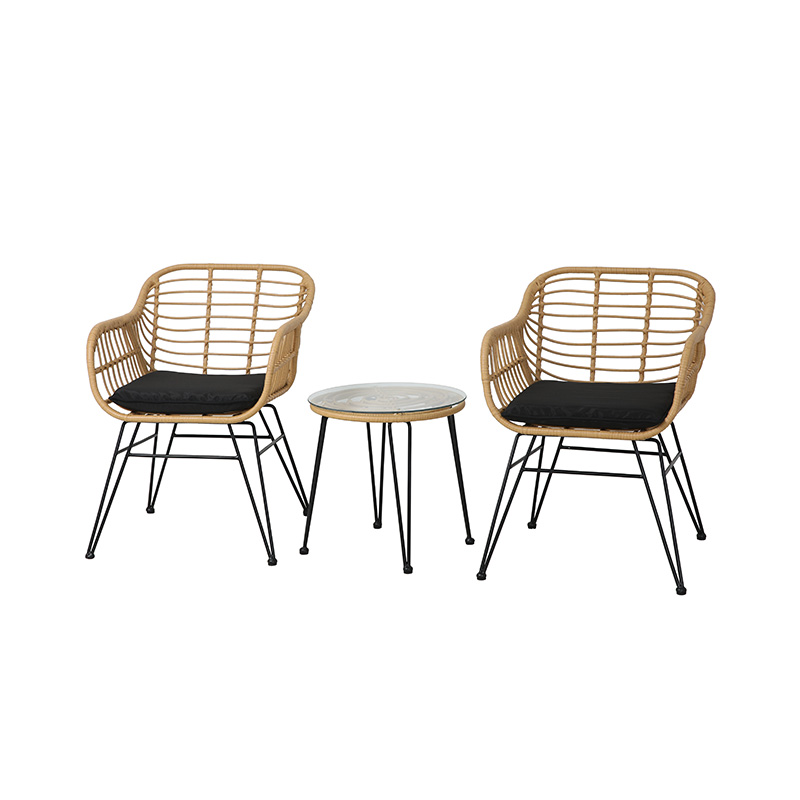

 Tel
Tel  Email
Email  ADDRESS
ADDRESS 














